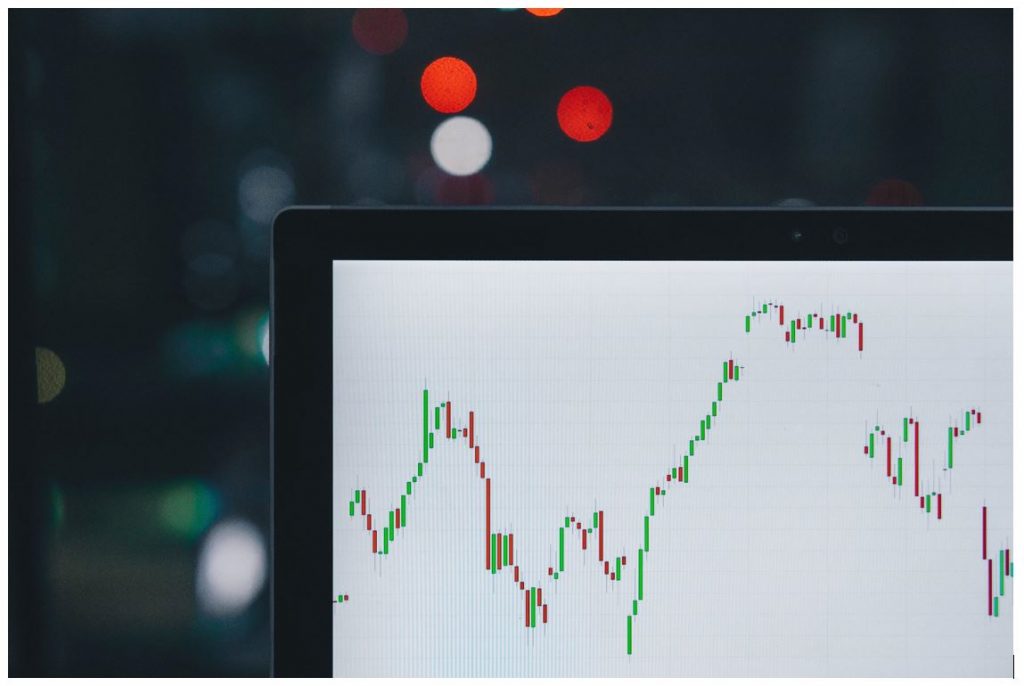Yield farming lessons for investors

The rave of the moment in the crypto space is yield farming. You hear about it at every turn in the market. This makes you wonder what it is all about and why the hype about it. Well, I can tell I was certainly curious and I tried it. Here is what I learned along the way. However, before we move into that. Why not explain what yield farming is all about in the first place. What the word farming has to do with crypto in the first place? It is not as if we are practicing actual agriculture.
Well, to get a clearer picture, yield farming in crypto terms involves you making your funds work for you. This enables you to get returns on your investment from several DeFI protocols. You earn variable or fixed interest on the amount you invested on several DeFi protocols or coins. That is the simple analogy for yield farming but it goes beyond just this if you are interested in serious investment in yield farming. There are things I learned after trying out yield farming, which we will be discussing in this article.
- Small amounts won’t cut it for a serious investor
Although, the returns you get in yield farming can be astronomical with Annual Percentage Yield (APY) reaching and at times crossing 1,000%. However, for it to be profitable enough you have to consider investing a substantial amount of funds. The reason being that when you consider the high gas prices especially on Ethereum and the competition level among investors. Small amounts in the range of $100 to $1000 could lead to a net loss. Except you are trying to understand how it works as I did then this amount will suffice.
- Know where to farm yields on DeFi
There are many avenues to farm DeFi yields and many ways on how to go about them. One way to farm yields on DeFi is through liquidity pools. Here we have protocols like Anyswap, Uniswap, Burgerswap, etc. Anyswap is a coin swap protocol and offers rewards to users for providing liquidity. For example, there are up to 15 million ANY available as liquidity rewards to users.
The protocol is based on the Fusion chain and ANY is the governance token used on the Anyswap platform. By using Fusion DCRM technology, the Anyswap protocol can facilitate cross-chain coin swap and transactions. The protocol allows users to swap tokens such as ETH, LTC, USDT, XRP, BTC, etc. By building its protocol on the Fusion Chain, Anyswap has been able to offer users transaction fees, which are 100000 times lower than what is obtainable in the market. The platform also has plans to keep adding more swap pairs for users to choose from.
We have the ‘money markets’ where you can find DeFi lending and borrowing protocols like Aave and Compound. As it turns out lending and borrowing capital is one of the easiest means of getting yields in DeFi. Both Aave and Compound alone account for about $390M and $1.1B in borrowing and lending respectively. To start earning yields on either of the two platforms, just invest in a stablecoin and you get your yields instantly.
- Selecting the right farm
If you are the type that is reluctant to take a risk, yet you are interested in getting a yield, you will do well to look at money markets. You could also inject liquidity on a platform that offers low-risk interest. However, if you are loaded with a huge crypto reserve and want to find a use for it, then you can explore liquidity pools like Balancer or Anyswap. These kinds of platforms often offer all kinds of incentives to users too. Nevertheless, the right farm is dependent on the capital base you have, your risk level, and investment time horizon.
- How to farm yields
- Staking
When you stake your funds, they are held in the crypto wallet and it is not used in any way. Instead, you gain a reward for buying and holding the crypto in your wallet. The reward tokens are distributed proportionately to the cryptocurrency that is staked. What are the risks involved? The risk associated with the token price is next to zero. The reward token just keeps accumulating so even if it comes back down, you don’t lose your initial investment. The protocol or smart contract risk usually depends on the type of contract used. With staking you gain both energy and bandwidth, which are necessary for carrying out a transaction.
- Liquidity Pools (LP)
Liquidity pools help facilitate trading and liquidity pool providers earn rewards for injecting liquidity into the protocol. Therefore, after providing liquidity, which is locked in a smart contract, tokens are given to you. For example, liquidity pool providers on Anyswap gain 9900 ANY as rewards as per each provider’s liquidity portion. The token price risk here is between medium and high and is based on the amount of liquidity pool provided.
Beforehand, take note of the gas price of your protocol of interest. For example, the gas price of ETH is on the high due to the DeFi hype. Therefore, farming DeFi based ETH will require a tangible amount of money to make a significant gain. Here a small amount won’t cut it. Also, it is advisable to buy two tokens of the same blockchain base on a 50/50 ratio when investing in LP. Then you pair them and invest in a pool that locks them up and mine in the same proportion.
Also bear in mind the retracement risk, which means that you have to ensure you maintain the token ratio at the same level. Avoid the downward or upward movement of any of the token to prevent loss. Besides, the liquidity pool is a long-term strategy for yield farming and not ideal for short-term investment.
- Borrowing and Lending Token
You will find this model on protocol like Compound and Aave as we mentioned earlier. It is simple; you earn token rewards for borrowing or lending tokens on these protocols. The token risk here is zero, however, the security risk is very difficult to examine.
- Yield Farming can be unpredictable
Although the yields you can get are very high compared to the traditional assets, DeFi investment gains can still be unpredictable given the volatility that accompanies the crypto market. Apart from the fact that is a far riskier place to invest your money, the yields you get vary. For example, a coin could peak this week thereby increasing your gain. Then drop dramatically the following week and bring down your gain along with it.
- Let’s Talk About the Risks Involved
With every investment comes risks and yield farming is no different. Although, the risks can be wild, however, the rewards are just as attractive. Liquidation risk, smart contract risk, composability risk, among others are some of the risks to watch out for in yield farming.
Liquidation risk associated with money markets like Compound. It occurs when your collateral can no longer cater to your loan. This happens due to either the value of your loan increasing or the value of your collateral reducing. Then you get a liquidation penalty against your collateral. To avoid this, you loan less volatile assets. The same thing goes for the collateral. Then always keep a good collateral ratio and monitor your loan status.
What of smart contract risk? This can be of concern when dealing with swap protocols that use liquidity pools. If you are a liquidity provider, it involves you locking your funds in a smart contract for a certain amount of time. Therefore, if that smart contract is attacked, your fund is at great risk. To allay the fears of smart contract risk, check if the projects have been audited. Although, an audit does not remove the risk, however, it can give you an idea of if the project has done its assignment in terms of security properly.
- Prediction for Yield Farming
What does the future hold for yield farming? Many experts seem to believe that yield farming on DeFi apps will steadily increase in the number of users and value over one year. The growth has been astonishing already, increasing in value from about $274 million in the early part of 2019 to close to $4 billion this year in July. The news that ETH 2.0 will launch at the end of the year also bodes well for the future of yield farming as many DeFi apps are based on ETH.
Conclusion
Although, many DeFi protocols such as Anyswap are still in what we call infancy. The potential is there and it is huge. Therefore, we are looking at a lot of positive over the long-term but you can expect several bumpy rides ahead. In general, the mood around yield farming is optimistic but you will do well to proceed with caution. Experts are not sure if there is a bubble burst around the corner, which is more reason to invest wisely. Notwithstanding, the offer of very attractive rewards means yield farmers won’t keep away anytime soon. That should keep yield farming on a positive course over the next 12 months.
Disclaimer: This is a paid post and should not be considered as news/advice.


